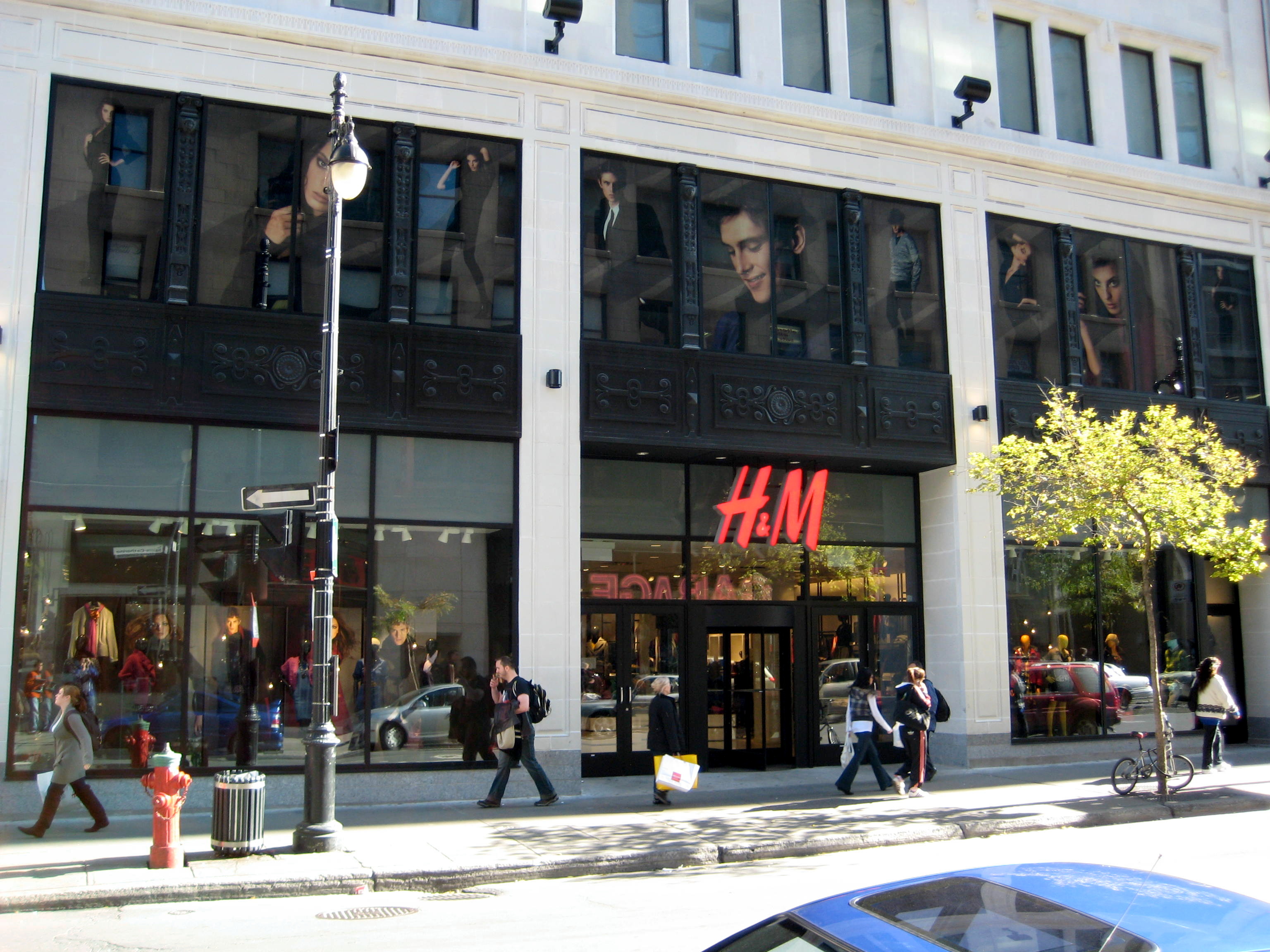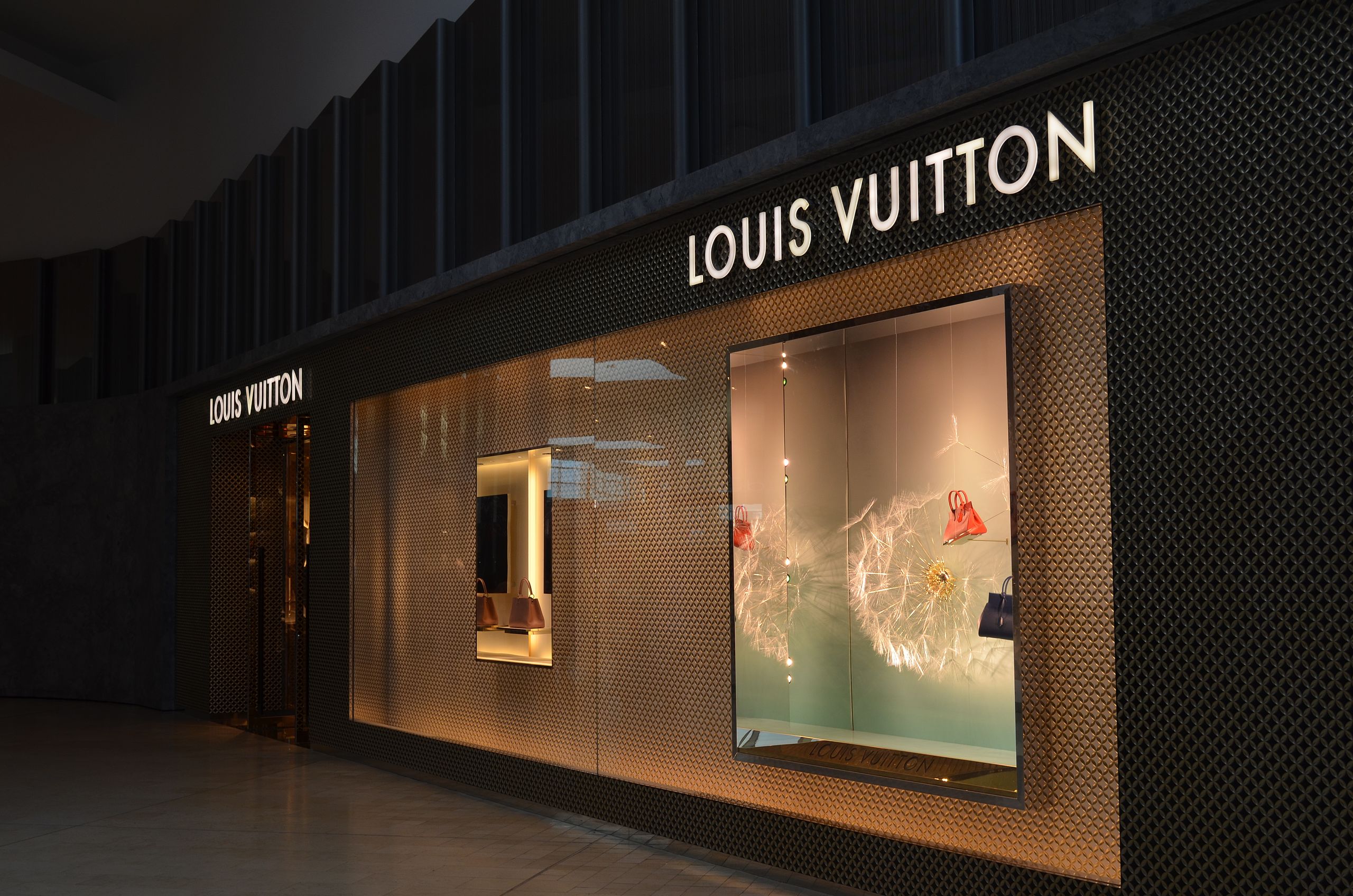
Today I came across multiple posters from our Extinction Rebellion Leeds on fast-fashion stores. I understand people’s love and hate for the fast-fashion retail chains- I love the cheap soft slippers I bought at Primark and the executive shirt I bought from Zara last year but at the same time I’m aware of the environmental challenges fast-fashion brings to the world today. Today, let us delve a bit deeper into the subject of fashion. Is fast-fashion the industry’s biggest troublemaker, environmentally speaking?
What is fast fashion? It is simply the fastest way to get clothing designs from runways to retail stores while remaining affordable for people who cant afford the designer brands. The major brands in the industry have a combined annual turnover of at least 125 billion pounds (Over 150 Billion USD). This makes fast-fashion a massive player in the fashion space accounting for over 60% of the entire market. This makes it one of the biggest polluter as the combined greenhouse gas emissions from the fashion industry accounts for almost one-tenth of the global emissions!
Something that is solely caused by the fast-fashion companies is the massive amount of wastage. It is said that up to 85% of all textiles go to waste and one can easily assume who the biggest contributor to the waste pile might be. The more concerning trend is that the lifetime of these clothes in our wardrobes halved over the past decade. The arrival of social media apps like Instagram added fuel to the inferno.
However this article is not about dissing fast-fashion. It is to look into the underlying problem that pushes people to go out and buy into the concept of keeping up to date with a fashion trend. I believe that this is the real troublemaker to the environment. Let us look at who contributes more to this narrative.
One way of looking at how companies are pushing the narrative is having a look at the marketing spend of major companies. While Zara spends only about 0.3% on marketing, Gap spends up to about 3.9% of its annual revenue mainly due to its advertisements on conventional media platforms. The industry average remains at around 3% making these companies quite influential on trends. But are they the real troublemakers to the environment?
I still remember my discussion with a rich friend on sustainability of fashion as a whole, rather than vilifying fast-fashion brands. She found no harm in spending on eco-friendly and ethical luxury fashion brands. How do the luxury fashion brands market their seasonal trends? How do they get the information out to public? Social media, once again plays a major role but let us focus on the company’s perspective and on how much they spend on marketing.

Luxury fashion brands are iconic on the global stage and is the epitome of capitalist dreams around the world. A list of top 10 luxury brands raked in just as much as the entire fast-fashion industry last year. The global luxury goods sector has an annual revenue of close to 250 billion dollars! We know that the luxury brands can afford to spend more on marketing and their annual costs come to about USD 5.5 billion in the US alone.
What do these figures mean? The luxury fashion industry has global marketing costs of around 6% while the fast-fashion brands spend around 3%. This means that the luxury fashion industry spends over 3 times that of the fast-fashion in creating awareness among the public on the latest fashion trend. While fast-fashion is polluting in its haste to bring the catwalk to your wardrobes, the luxury fashion marketing makes you dream about being a part of the trend that is highly unsustainable to the environment and deepens inequality in the society.
“Luxury fashion is the godfather of fast-fashion.”